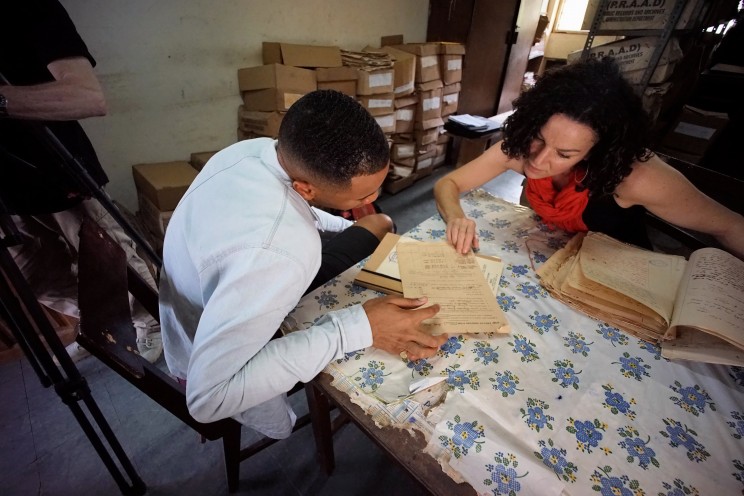William Makepeace Thackeray: Racist?
OUPblog: Oxford University Press’s Academic Insights for the Thinking World
2011-07-18
John Sutherland, Lord Northcliffe Professor Emeritus of Modern English Literature
University College, London
We can never know the Victorians as well as they knew themselves. Nor–however well we annotate our texts–can we read Victorian novels as responsively as Victorians read them. They, not we, own their fiction. Thackeray and his original readers shared a common ground so familiar that there was no need for it to be spelled out. The challenge for the modern reader is to reconstruct that background as fully as we can. To ‘Victorianize’ ourselves, one might say.
It goes beyond stripping out the furniture of everyday life (horses not motorised transport, no running hot water, rampant infectious diseases) into attitudes. Can we—to take one troublesome example—in reading, say, Vanity Fair, ‘Victorianize’ our contemporary feelings about race? Or should we accept the jolt that overt 19th-century racism gives the modern reader, take it on board, and analyse what lies behind it?
It crops up in the very opening pages of Vanity Fair. Thackeray’s first full-page illustration in the novel shows the coach carrying Amelia and Becky (she hurling her Johnson’s ‘Dixonary’ out of the window) from Miss Pinkerton’s to the freedom of Russell Square. Free, free at last. Looked at closely, we may also note a black footman riding postilion in the Sedley coach. He is, we later learn, called Sambo. He features a couple of times in the first numbers and his presence hints, obliquely, that the slave trade is one field of business that the two rich merchants, Mr Sedley and Mr Osborne, may have made money from. The trade was, of course, abolished by Wilberforce’s act in 1805, but slaves continued to work in the British West Indies on the sugar plantations until the 1830s. The opening chapters of Vanity Fair are set in 1813…
…There is another character in the novel with an interest in the West Indies. Amelia’s and Becky’s schoolmate at Miss Pinkerton’s academy, Miss Swartz, is introduced as the rich woolly-haired mulatto from St. Kitt’s.’ St. Kitt’s, one of the Leeward Islands in the Caribbean, had (until well into the twentieth century) a monoculture economy based on one crop, sugar. The plantations were worked, until the mid-1830s, by slaves–of whom Miss Swartz’s mother must have been one. Dobbin’s and George’s regiment, the ‘—-th,’ has recently been garrisoned at St. Kitts just before we encounter them. One of their duties would be to put down the occasional slave rebellions.
Miss Swartz is, we deduce, the daughter of a sugar merchant (the name hints at Jewish paternity) who has consoled himself with a black concubine. This was normal practice. It was also something painfully familiar to Thackeray. His father had been a high-ranking official in the East India Company. Thackeray, we recall, was born in Calcutta and educated himself on money earned in India. Before marrying, Thackeray’s father, as was normal, had a ‘native’ mistress and by her an illegitimate daughter, Sarah Blechynden. It was an embarrassment to the novelist, who declined any relationship with his half-sister in later life. In the truly hideous depiction Thackeray made of Miss Swartz (he illustrated his fiction, of course) in chapter 21 (‘Miss Swartz Rehearsing for the Drawing-Room’) one may suspect spite and an element of shame. What was the abolitionist’s motto—‘Am I not a Man and a Brother’? What was Miss Swartz’s mute cry, ‘Am I not a Woman and a Sister?’ No is the answer Thackeray returns.
Thackeray’s views on race remained unreconstructed. In a letter sent to his mother from America, on his first trip there (now a world-famous as the author of Vanity Fair) he wrote of the black slaves he saw in the south: ‘They are not my men and brethren, these strange people with theire retreating foreheads, and with great obtruding lips and jaws . . . Sambo is not my man and my brother.’ Thackeray died during the American Civil War. He proclaimed himself a firm supporter of the Confederacy and slavery…
Read the entire article here.

